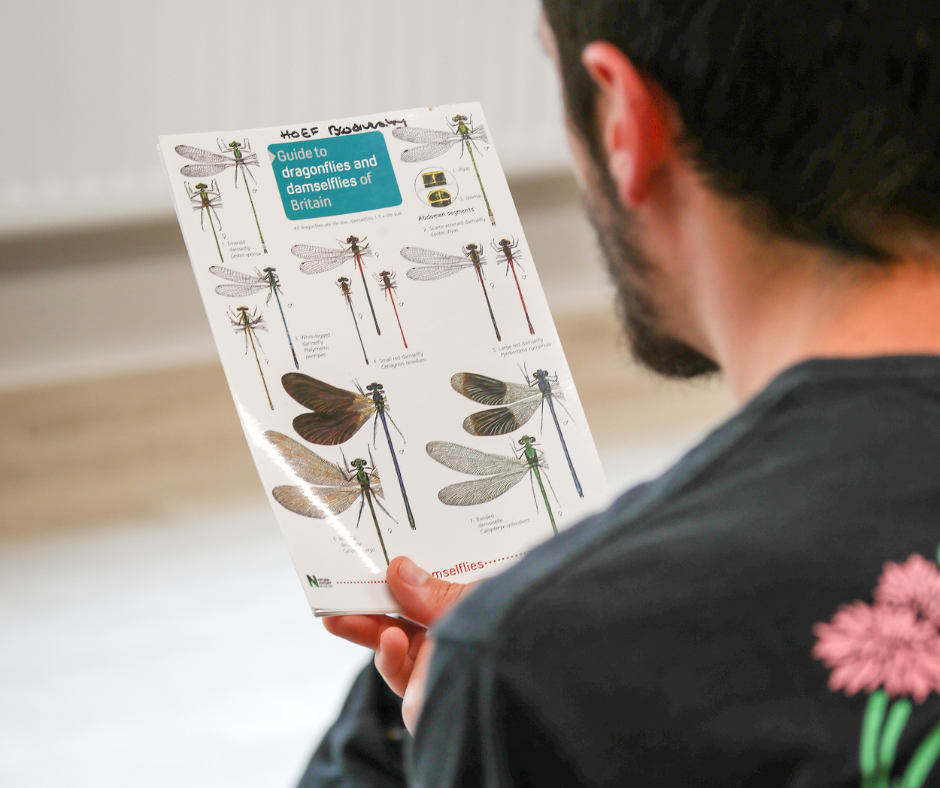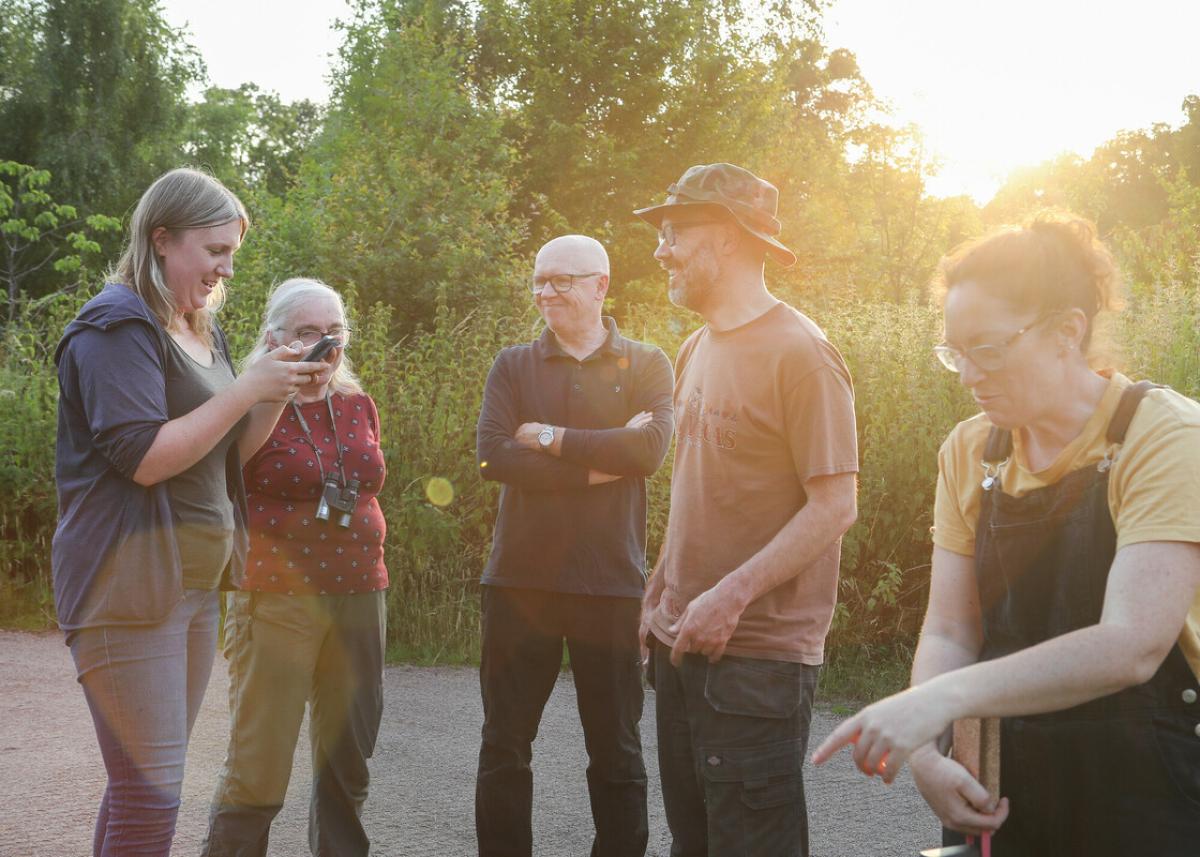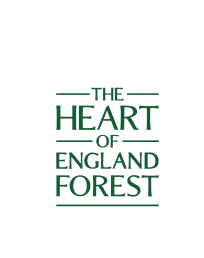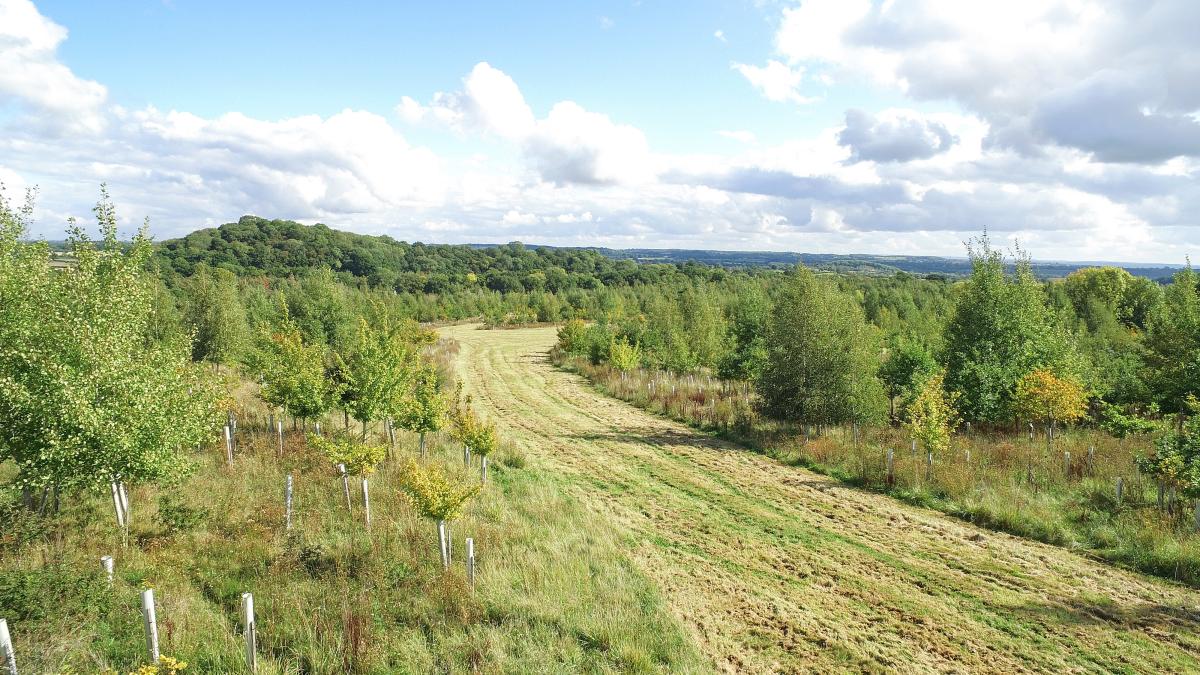
By creating, restoring, and connecting habitats across the landscape, as well as undertaking long-term monitoring of the Forest through our wildlife surveys, we will make a difference, and so can everyone else.
Get involved today
A range of activities and management are vital for the forest's success and future. Sadly, most of the important habitats for UK nature, including woodland, wetlands, and wildflower meadows, are in poor condition.
Learn more about what we do, why we do it, and how you can get involved; together, we can make change happen.
Join our latest pond programme – no experience needed!
Did you know ponds are biodiversity hotspots, more valuable than rivers and lakes, yet they’re often overlooked?
These tiny waterbodies are home to hundreds of incredible species – from dragonflies and newts to beetles and snails – and they play a powerful role in carbon storage, water purification, and even flood prevention. As a volunteer, you’ll help us survey, test, and restore these precious habitats, making a real difference for wildlife and the environment. It’s hands-on, eye-opening, and fun – perfect for nature-lovers and curious beginners alike!
Pond restoration
Pond restoration ensures our Forest ponds remain vibrant ecosystems for plants and wildlife. Volunteers work to remove overgrown plants from pond edges and surfaces, such as bramble, hawthorn, blackthorn, bull rush, phragmites, and duckweed. By increasing sunlight exposure to the water, this effort supports the growth of pond vegetation, benefiting invertebrates, birds, and other wildlife.
These restoration projects are critical for creating diverse habitats across the Forest.
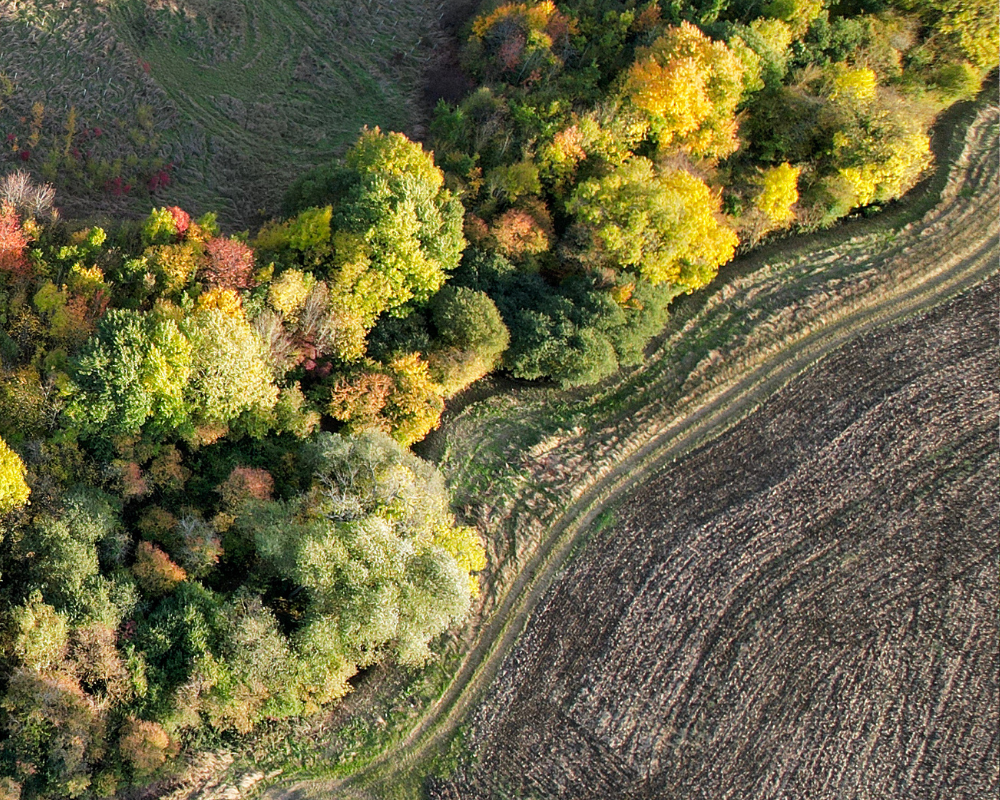
Woodland Restoration
Woodland restoration is essential to preserving the natural balance and biodiversity of our Forest. This process involves selectively opening areas by managing overgrown scrub and dominant plant species such as bramble, rose, blackthorn, hawthorn, birch, aspen, bracken, and pendulous sedge. Cutting these back, we allow sunlight to penetrate the Forest floor, encouraging the germination of seeds in the ground’s seed bank. Additionally, we address the threat posed by invasive, non-native species, which can outcompete native plants and damage ecosystems.
Over the winter, volunteers can join us in several woodland restoration activities, that promote diverse ground flora and understorey growth, creating a rich and varied woodland structure that supports an array of wildlife:
-
Glade Creation or Re-establishment
Clearing or coppicing scrub and dominant plants to form or restore open spaces within the woodland interior. -
Woodland Ride Management
Maintaining linear open spaces through the woodland by selectively cutting back scrub and overgrowth. -
Scallop Creation or Re-establishment
Creating “D”-shaped clearings along woodland rides to enhance structural diversity.
Winter is a prime time for volunteers to help remove invasive species, digging them out to prevent the formation of harmful monocultures.
What's in it for you?
- Discover the hidden magic of nature
- Increase your mental and physical well-being
- Help rare species thrive
- Learn practical skills in surveying and conservation
- Be part of a growing community of eco-champions
- Make an impact for nature, right where it matters most
Wildlife Survey Training
Wildlife surveys provide essential data on the species in the Forest, helping us track population changes and shape long-term management strategies. Volunteers can take part in training opportunities to learn survey techniques, practice identifying species, and gain the skills to conduct independent surveys.
This winter, we are offering:
-
Brown Hairstreak Egg Survey Training
-
Harvest Mouse Nest Survey Training
By joining these programs, volunteers contribute valuable records that enhance our understanding of the Forest’s biodiversity.
